Choosing the Right PCR Technology
What is the best PCR technology for you?
Answer five questions to determine the optimal PCR technology for your research.
StartHow many genes do you need to measure in one well?
-
I need to measure 2 or fewer genes per well
-
I need to measure more than 2 genes per well
How difficult is it to obtain sufficient samples?
-
It is not too difficult for me to obtain sufficient samples
-
It is very difficult for me to obtain sufficient samples
What level of gene expression differences do you want to measure?
-
I want to measure a difference of 100% (2-fold) or greater
-
I want to measure a difference of less than 100% (2-fold), such as 50% or 10%
Do your samples have complex or inhibitory matricies?
-
Yes, my samples have complex or inhibitory matricies
-
No, my samples do not have complex or inhibitory matricies
Do your targets contain high degrees of secondary structure affecting PCR efficiency?
-
Yes, my targets contain high degrees of secondary structure affecting PCR efficiency
-
No, my targets do not contain high degrees of secondary structure affecting PCR efficiency
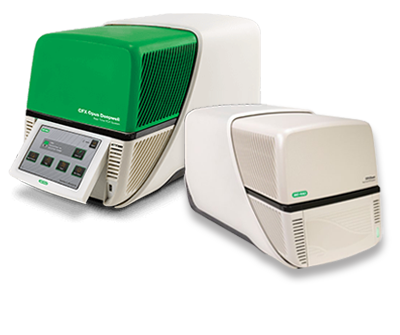
Based on your responses, we recommend qPCR
qPCR is the optimal choice for you because:
- You only need to measure 2 genes or less in a single-well
- Sufficient samples are relatively easy for you to obtain
- You need to measure a difference in gene expression of 100% (2-fold) or greater
- Your samples do not have complex or inhibitory matricies
- Your targets do not have high degrees of secondary structure affecting PCR efficiency

Browse Our qPCR Solutions
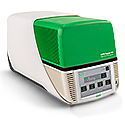
qPCR Detection Systems
These systems deliver sensitive, reliable detection of both singleplex and multiplex real-time PCR reactions.
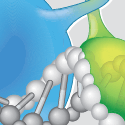
Introduction to qPCR
Discover an array of solutions to optimize, execute, and troubleshoot MIQE-compliant real-time PCR experiments.
-

Talk with a qPCR Specialist
Contact a qPCR expert for help with selecting the right product for your research.

Talk with a qPCR Specialist
Talk with a Specialist
Contact a qPCR expert for help with selecting the right product for your research.
Compare qPCR and Droplet Digital PCR
| Customer Needs | qPCR | Droplet Digital PCR |
|---|---|---|
| Number of Targets (multiplexing) | up to 5 targets | up to 12 targets |
| Time to Results | ||
| Throughput (Number of Samples) | ||
| Automation (Sample Handling) | ||
| Automation (System) | ||
| Sensitivity | ||
| Precision | ||
| Dynamic Range | ||
| Results Interpretation | ||
| Small Sample Size | ||
| Hands-On Time/Plate Processing | ||
| Sample Matrix/Inhibitor Tolerance | ||
| Capital Equipment Cost | $ | $ $ $ $ |
| Consumables/Run Cost | $ | $ $ |
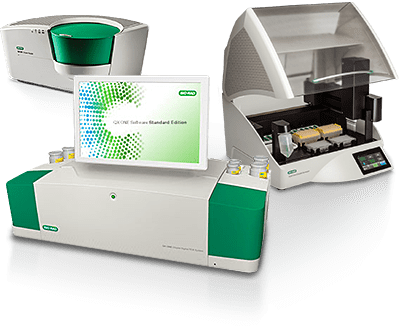
Based on your responses, we recommend Droplet Digital PCR
Droplet Digital PCR is the optimal choice for you because:
- You need to measure more than 2 genes in a single-well
- Sufficient samples are difficult for you to obtain
- You need to measure a difference in gene expression of 100% (2-fold) or less
- Your samples have complex or inhibitory matricies
- Your targets have high degrees of secondary structure affecting PCR efficiency

Browse Our ddPCR Solutions
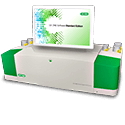
Droplet Digital PCR Products
Digital PCR enables precise, absolute quantification of nucleic acids. Droplet Digital PCR Technology is compatible with both dye- and probe-based assays.

Introduction to Digital PCR
Digital PCR is a breakthrough technology that provides ultrasensitive and absolute nucleic acid quantification.
-

Talk with a ddPCR Specialist
Contact a ddPCR expert for help with selecting the right product for your research.

Talk with a ddPCR Specialist
Talk with a Specialist
Contact a ddPCR expert for help with selecting the right product for your research.
Compare qPCR and Droplet Digital PCR
| Customer Needs | qPCR | Droplet Digital PCR |
|---|---|---|
| Number of Targets (multiplexing) | up to 5 targets | up to 12 targets |
| Time to Results | ||
| Throughput (Number of Samples) | ||
| Automation (Sample Handling) | ||
| Automation (System) | ||
| Sensitivity | ||
| Precision | ||
| Dynamic Range | ||
| Results Interpretation | ||
| Small Sample Size | ||
| Hands-On Time/Plate Processing | ||
| Sample Matrix/Inhibitor Tolerance | ||
| Capital Equipment Cost | $ | $ $ $ $ |
| Consumables/Run Cost | $ | $ $ |
